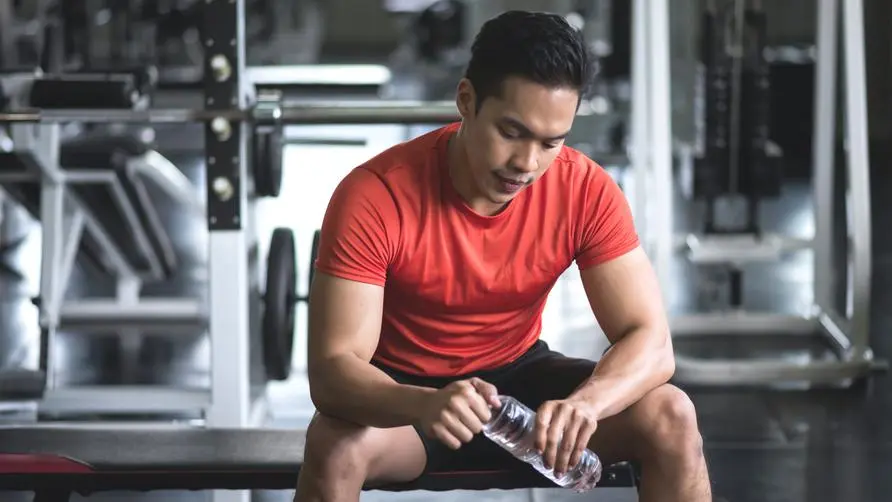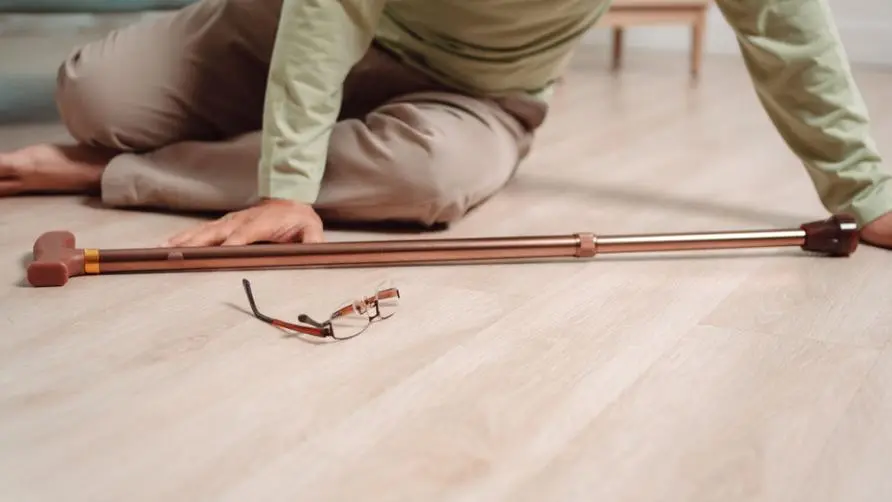Returning to sports and finding out that "I am not as brave as I once was"? Research reveals the truth: It is related to the decrease in the activity of "this cell"

After regaining my exercise habit, I found that I am no longer as brave as I once was. Is it not just a matter of aging and neglect of training? It is also related to changes in the protein mechanism in the body? Research published in the Journal of Clinical Investigation shows that prolonged periods of inactivity can cause proteins in muscles to change and become inactive, potentially leading to a significant decrease in an individual’s performance once they return to exercise.
Does not exercising make the cells in the body lose activity? Animal experiments have confirmed: reducing physical activity
Through previous research, we know that by detecting the protein “Piezo1” in the inner layer of blood vessels, we can understand the changes in blood flow in muscles during exercise. The research team transplanted the damaged Piezo1 cells into mice and compared them with mice with intact Piezo1 cells. The results showed that the running, climbing and walking performance of mice with inactivated Piezo1 cells in their bodies after 10 weeks was lower than that of healthy mice.
Study author Dr. Fiona Bartoli said that although the mice in the two groups exercised for similar times, the inactive Piezo1 cells did make the mice less active. However, Piezo1 did not alter energy metabolism, respiratory or cardiac function, or muscle fiber composition.
The team further tested the skeletal muscle microvessels of mice: they found that inactive Piezo1 reduced muscle microvessel density by 20%; and the death rate of endothelial cells increased significantly. Dr. Bartoli believes that the death of endothelial cells may be related to the reduced activity of Piezo1.
Data modeling shows that increased blood flow in muscle tissue during exercise may activate Piezo1 cells and help maintain the stability of blood vessels in skeletal muscle tissue, thereby increasing microvessel density and improving muscle function. In other words, in the state of “long-term inactivity”, Piezo1 is easily inactivated, leading to a decrease in exercise ability.
Modern people’s exercise capacity is generally reduced. Experts: We should reduce sedentary time and maintain exercise habits
“Previously, academic circles generally believed that as long as an individual does less exercise, it will be more difficult to exercise. The research results exactly explain this.” Dr. Bartoli pointed out that modern people do have various reasons for being unable to exercise, such as work, serious illness, physical injuries, etc. etc., making it difficult to change sedentary habits. If you want to engage in sports activities in the future, your exercise capacity may be significantly reduced.
“For example, if you previously maintained the habit of strength training, then your training stagnated due to various factors. As long as the stagnation lasts longer, it will not only be more difficult to get into the situation when you resume training, but the training results will not be as good as before.”
Dr. Bartoli said regular exercise is essential to keep Piezo1 active and promote physical performance. Although low activity of Piezo1 has a negative effect on exercise performance, it does not affect the mentality and motivation to participate in exercise. If you want to maintain a certain level of mobility, it is still necessary to maintain exercise habits.
Source:
Endothelial Piezo1 sustains muscle capillary density and contributes to physical activity
Further reading:
Isn’t it helpful to take vitamin D? Weight training increases “antioxidant” capacity even better





